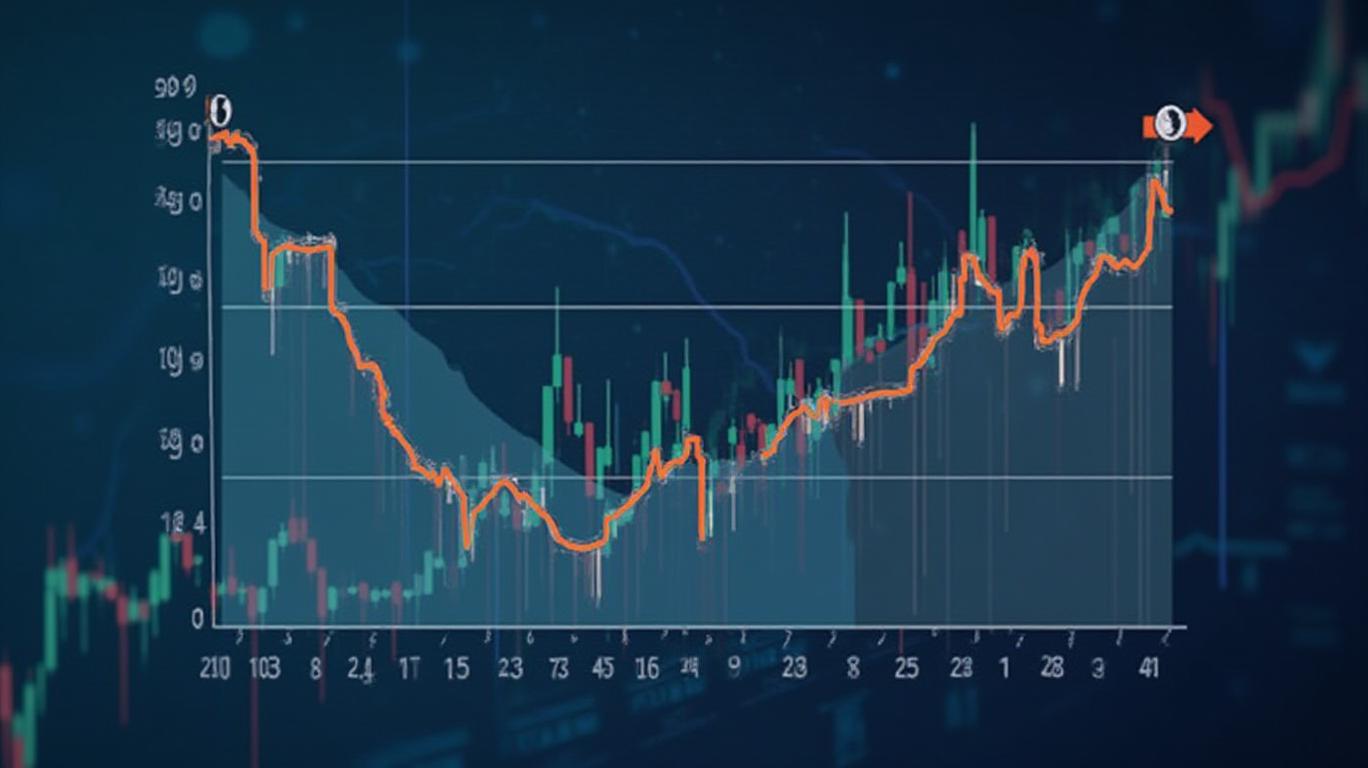Navigating the Fed's Wait-and-See Era: Strategic Plays in Rate-Sensitive Markets
The Federal Reserve's May 2025 policy statement marked a pivotal moment for investors, as it underscored a deliberate “patient approach” to monetary policy amid escalating tariff-related uncertainties. With the federal funds rate held steady at 4.25%-4.50%, the Fed's emphasis on “wait-and-see” tactics signals a prolonged period of stability for interest rates, even as it hints at potential cuts later in the year. This environment presents a critical juncture for capital allocation, particularly in rate-sensitive sectors such as bonds and equities. Below, we dissect the Fed's outlook and identify tactical opportunities poised to thrive in this evolving landscape.
The Fed's Dilemma: Tariffs, Inflation, and the Path Forward
The Fed's May meeting highlighted two core challenges: tariff-driven inflation and economic uncertainty. While core PCE inflation is projected to rise to 3.4% by year-end, the Fed's Summary of Economic Projections (SEP)下调 2025 GDP growth to 1.7%, reflecting risks of a slowdown. Chair Powell's “wait-and-see” stance means investors must prepare for a prolonged period of near-term rate stability, with gradual cuts—potentially two in 2025 and three in 2026—dependent on tariff developments.
This cautious outlook creates a sweet spot for rate-sensitive assets, as bond yields and equity valuations react to shifting expectations. The key question: How do investors capitalize on this pivot?
Bond Markets: Yield Opportunities in a Low-Rate Horizon
The Fed's pause-and-cut trajectory has already begun reshaping fixed-income dynamics. Here's where to look:
1. Municipal Bonds: A Tariff-Proof Haven
Municipal bonds are emerging as a standout play due to their insulation from trade-related inflation and attractive yields. With state and local governments benefiting from strong fiscal health, munis offer tax-exempt income and a yield advantage over Treasuries.
Data shows munis yielding 3.2% vs. Treasuries at 3.0% as of May 2025, a rare inversion favoring tax-free income.

2. Preferred Securities: Steady Income with Equity-Like Upside
Preferred stocks, which blend bond-like coupons with equity exposure, are primed to outperform. The Fed's delayed rate cuts reduce refinancing risks for issuers, while their floating-rate structures benefit from residual yield support.
3. Securitized Assets: ABS and CMBS Outperform the Aggregate Bond Index
Asset-backed securities (ABS) and commercial mortgage-backed securities (CMBS) boast yield differentials of 120–150 bps over the Bloomberg Aggregate Bond Index, driven by strong cash flows and low default risk. These sectors thrive in low-rate environments, offering diversification beyond traditional bonds.
Equities: Focus on Dividends and Tariff-Resistant Sectors
While equities face headwinds from elevated inflation and economic uncertainty, select sectors offer resilience:
1. Dividend Champions: Stability in Volatile Markets
Utilities, consumer staples, and telecoms—sectors with high dividend yields (4–6%) and low volatility—should outperform as investors prioritize income.
2. Tariff-Neutral Sectors: Healthcare and Technology
Healthcare stocks, particularly those in biotech and medical devices, are shielded from trade disputes and benefit from aging demographics. Meanwhile, cloud infrastructure and cybersecurity firms—critical to global businesses—remain insulated from tariff impacts.
The Dollar's Decline: A Tailwind for Equity Valuations
The Fed's dovish tilt has weakened the U.S. dollar, which is now trading near multiyear lows. A weaker dollar boosts U.S. multinational earnings through favorable exchange rates and supports emerging market equities, creating cross-border opportunities.
Act Now: The Fed's Pause is Your Catalyst
The Fed's “wait-and-see” approach is a strategic gift for investors. With yields poised to drop and equities seeking value in defensive sectors, now is the time to:
- Allocate to municipal bonds for tax-free income.
- Buy preferred securities for floating-rate upside.
- Overweight dividend-paying equities in utilities and healthcare.
The Fed's caution won't last forever. As tariff risks crystallize and rate cuts materialize, investors who act decisively now will secure the best entry points. The wait-and-see era is over—the time to invest is now.
The narrowing gap between short- and long-term rates signals a flattening yield curve, favoring rate-sensitive assets.

Comments
No comments yet